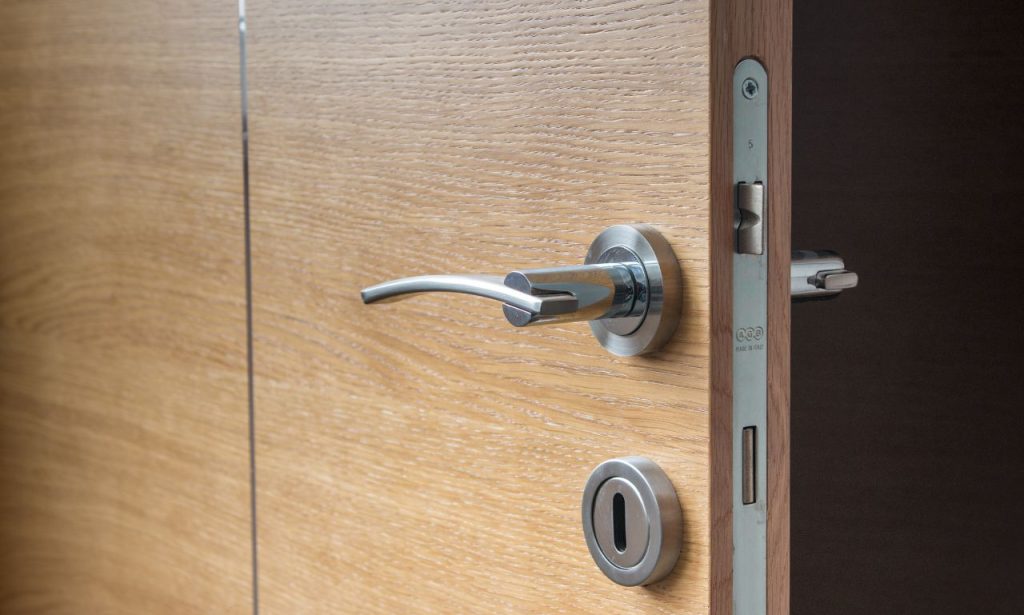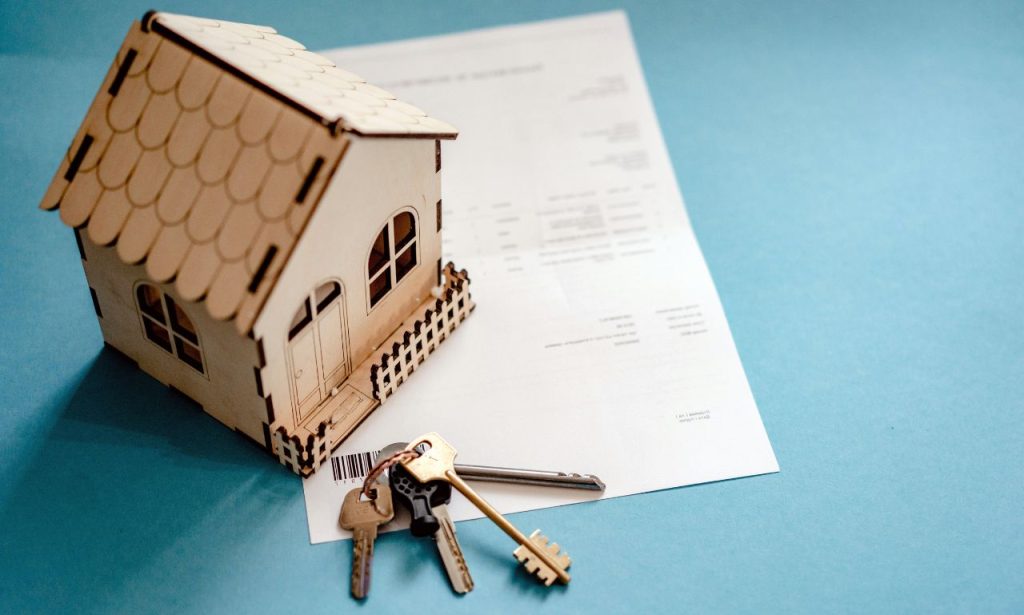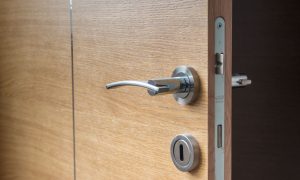Buying a house is probably the biggest purchase you’ll ever make. I’ve seen too many people rush into a real estate transaction without doing their homework. The excitement of finding a seemingly perfect home can blind you to warning signs of trouble. Smart buyers look beyond curb appeal and fresh paint to spot potential issues that could turn their dream home into a money pit. Today, I’m sharing the most common red flags you should watch for when house-hunting. These insights come from years of experience and countless conversations with home inspectors, real estate agents, and homeowners who learned these lessons the hard way.
Water Damage
Water damage ranks as the number one issue that sends potential buyers running. You might notice water stains on ceilings or walls. These brownish or yellowish marks are telltale signs of past leaks.
Check the baseboards and areas around windows. Look up at the ceiling, especially in upstairs bathrooms and below attic spaces. Water stains indicate that water has infiltrated where it shouldn’t.
Fresh paint in isolated areas could be hiding water marks. If one wall or ceiling looks newer than the rest, ask why. Sometimes sellers apply a quick fix without addressing the root cause of water leaks.
Test the water pressure in every bathroom and the kitchen. Low pressure might signal plumbing problems or municipal water supply issues. Flush toilets and run faucets simultaneously to see if the pressure drops significantly.
Doors that Won’t Close

This simple test reveals so much about a house. Try closing all the doors. If they stick, won’t latch properly, or show gaps when closed, the house might have foundation problems or significant settling.
Examine doorframes for unevenness. A door that won’t close properly often indicates that the house has shifted. This shifting can result from foundation issues, which are among the most expensive repairs in home ownership.
Look for diagonal cracks extending from the corners of doors and windows. These typically appear when a foundation moves. Even small cracks deserve attention, as they may point to larger issues developing beneath the surface.
Windows should also open and close smoothly. If they stick or have gaps, the frames may have warped due to shifting or water damage. Testing every door and window takes just minutes but can save you thousands in future repairs.
Old Roof
An aging or damaged roof can lead to countless problems, from water damage to mold growth. Ask about the roof’s age during your home tour.
Look for missing, curling, or discolored shingles. Uneven areas or sagging sections indicate structural problems underneath. These issues won’t improve with time and typically worsen, especially after heavy rain or snow.
Check the gutters and downspouts for proper attachment and function. Clogged or damaged gutters can cause water to back up under roofing materials. This creates perfect conditions for rot and eventual leaks.
Inside the house, examine the ceiling of top-floor rooms for stains or recent paint. Water typically enters through roof defects and leaves visible evidence. A professional home inspection should always include a thorough roof evaluation.
Faulty Electrical
Electrical problems pose both safety hazards and renovation headaches. Old or outdated electrical systems may not handle modern appliance loads and could increase fire risk.
Check the electrical panel. Fuse boxes instead of circuit breakers suggest an outdated system. Look for labels indicating the amperage—100 amps is minimum for modern homes, with 200 amps being preferable for larger homes.
Test all light switches and outlets. Non-functioning outlets or flickering lights point to wiring issues. Watch for outlets with two prongs instead of three, which indicates they lack proper grounding.
Sewer Issues
Sewer problems rank among the most expensive and disruptive repairs. They’re also easily overlooked during standard home viewings. Slow drains throughout the house suggest potential sewer line blockages.
Ask about the age and material of sewer lines. Older homes might have clay or cast iron pipes that deteriorate over time. Tree roots can penetrate these materials, causing blockages and backups that are costly to fix.
Check for unusual odors, especially around basement drains. Sewer gas has a distinctive smell that indicates improper venting or potential line damage. This isn’t just unpleasant—it’s a health hazard.
Pests

Evidence of pests suggests more than just an unwelcome roommate situation. It often indicates structural damage or entry points throughout the house. Look for droppings, especially in attics, basements, and kitchen cabinets.
Small holes in wooden structures might be from termites or carpenter ants. These insects can cause massive structural damage over time. Tap on wooden beams—hollow sounds may indicate insect activity has compromised the wood.
Fresh paint on wooden elements, especially near the foundation, could hide termite damage. Carefully examine these areas for small holes, sawdust-like material, or mud tubes running up foundation walls.
Ask the seller for pest treatment records. Regular preventive treatments are a good sign. Their absence, especially in regions prone to termites, should prompt further investigation. A professional pest inspection is always worth the investment before finalizing your purchase.
Neighborhood Issues
The perfect house in a problematic neighborhood rarely makes for happy homeownership. Drive through the area at different times of day and different days of the week to get a complete picture.
Look for signs of neglect like overgrown yards, abandoned vehicles, or excessive trash. These suggest declining property values and potential safety concerns. One neglected property can impact values throughout the neighborhood.
Research local crime statistics through police department websites or third-party services. High crime rates affect not just safety but also insurance costs and future resale value. Talk to potential neighbors about their experiences living in the area.
High Noise Levels
Excessive noise reduces quality of life and can make even the most beautiful home unlivable. Visit the property during rush hour, weekends, and evenings to experience typical noise levels at different times.
Proximity to highways, train tracks, airports, or busy commercial areas guarantees noise issues. While some people adapt, constant noise affects sleep quality and overall well-being. It also makes outdoor spaces less enjoyable.
Consider whether nearby schools, sports facilities, or entertainment venues might create periodic noise disturbances. These places generate increased traffic and activity at specific times that might clash with your schedule.
Structural Issues
Structural problems represent the most serious and costly red flags when buying a house. Cracks in foundation walls, especially horizontal ones or those wider than ¼ inch, indicate significant structural concerns.
Uneven floors deserve immediate attention. Use a marble or small ball—if it rolls on what appears to be a level floor, the foundation may have settled unevenly. Check for sloping floors by standing in doorways and looking along the top of the door frame.
Bulging or bowing exterior walls suggest pressure problems, possibly from soil or water issues. These won’t resolve themselves and typically worsen over time. Foundation repairs often start at $10,000 and can run much higher.
Look for stair-step cracks in brick or block exteriors. These typically follow mortar lines and indicate foundation movement. While some settling is normal in older homes, pronounced or recent movement requires professional evaluation by a structural engineer.
Dampness and Mold
Long-term moisture provides ideal conditions for the growth of mould, which is extremely dangerous to one’s health. Keep an eye out for musty smells, particularly in bathrooms, basements, and places with poor ventilation. Usually, these odours point to unseen moisture issues.
Check corners, walls and ceilings for any black or greenish patches. These outward manifestations of mould growth point to persistent moisture problems. Freshly painted areas may hide mould issues, so don’t be fooled.
Look for signs of water damage or condensation near windows. Moisture can enter through improperly installed or failing seals, which makes the perfect environment for the growth of mould. It can be costly to replace windows, particularly in older homes.
Be suspicious of excessive air fresheners or scented candles during showings. These might mask odors from dampness or mold. Ask direct questions about any history of water intrusion or mold remediation. Sellers must disclose known mold issues in most states.
What is the 3-30-10 Rule for Buying a House?
The 3-30-10 rule offers practical guidelines for house hunters trying to stay within their budget. This approach helps prevent the common mistake of buying more house than you can comfortably afford.
The first number—3—represents the recommended down payment percentage. While 20% down helps avoid private mortgage insurance, putting down at least 3% gives you some equity from day one. Starting with some skin in the game changes your perspective on homeownership.
The middle number—30—refers to the maximum percentage of your gross monthly income that should go toward housing costs. This includes not just your mortgage payment but also property taxes, insurance, and any HOA fees. Exceeding this threshold often leads to financial stress.
Following this rule helps ensure you don’t become “house poor,” with little money left after making your housing payments. Financial flexibility matters just as much as the house itself. Remember, unexpected repairs always cost more than you think they will.
What is the 20-Rule When Buying a House?

The 20-rule serves as another practical guideline for homebuyers worried about long-term costs. This rule states that you should budget approximately 1-3% of your home’s purchase price annually for maintenance and repairs.
For a $300,000 home, this means setting aside $3,000-$9,000 yearly for upkeep. This might sound excessive, but experienced homeowners know it’s realistic. Major systems like HVAC units, roofs, and appliances all have limited lifespans.
The 20-rule also suggests that any home improvement project will likely cost 20% more than initially estimated and take 20% longer to complete. This buffer helps prevent financial strain when unexpected complications arise during renovations.
Additionally, many financial advisors recommend having at least 20% of your home’s value as an emergency fund, specifically for major repairs. This ensures you can handle significant issues like foundation problems or complete roof replacements without resorting to high-interest debt.
Finally, the rule reminds buyers that most homes become outdated every 20 years, requiring significant updates to maintain market value. Planning for these periodic refreshes prevents surprise expenses and helps maintain your property’s value over time.
Conclusion
Spotting red flags when buying a house requires attention to detail and willingness to look beyond cosmetic features. Water damage, structural issues, and neighborhood problems all impact both your enjoyment of the property and its long-term value.
Don’t rush the process. Take time to visit properties multiple times, ask tough questions, and always get a professional home inspection. The few hundred dollars spent on inspections can save you tens of thousands in unexpected repairs.
Remember the financial guidelines we discussed. The 3-30-10 and 20-rules help ensure you choose a house that fits your budget now and in the future. Even the most beautiful home becomes a burden if it stretches your finances too thin.
Trust your instincts. If something feels off during a showing, dig deeper. Perfect staging and fresh paint might conceal significant problems. The right house should feel right emotionally and make sense financially. With careful attention to these red flags, you’ll find a home that brings joy rather than regret.
ALSO READ: What to Expect From Your Realtor When Selling
FAQs
Yes. Inspection findings often become negotiation points. Sellers may agree to complete repairs, reduce the price, or provide repair credits at closing.
Older homes have more wear and potential hidden issues. However, they’re often built with higher-quality materials and craftsmanship than some newer construction.
Extremely important. You can change almost everything about a house except its location. Neighborhood factors significantly impact both quality of life and resale value.
Ask about noise levels, community feel, any problem properties nearby, flooding history in the area, and how responsive local services are.
Minor cosmetic problems are typically inexpensive to fix. However, fresh paint or new flooring might be hiding more serious issues, so investigate further.
